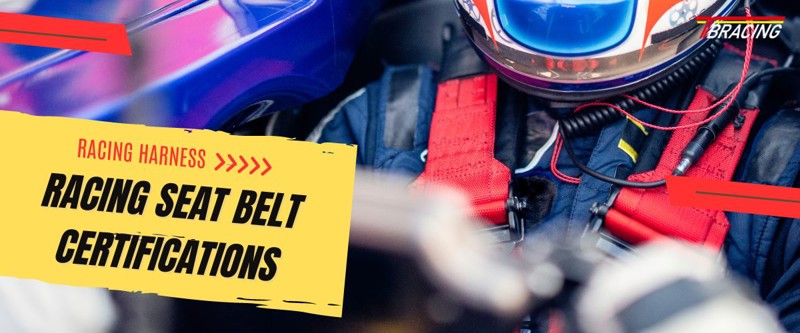A Guide to Racing Seat Belt Certifications: FIA 8853-2016, SFI 16.1, SFI 16.5
2024/07/16

Introduction
FIA 8853-2016、SFI 16.1 和 SFI 16.5,The safety of racing car is a top priority for both drivers and organizers. Seat belts are one of the key safety devices in these activities. To ensure the performance and reliability of seat belts, there are several international certification standards. This article introduces three main racing seat belt certification standards: FIA 8853-2016, SFI 16.1, and SFI 16.5.
FIA 8853-2016
The FIA (Fédération Internationale de l'Automobile) 8853-2016 certification standard is one of the latest standards designed specifically for racing seat belts.
It provides detailed regulations on the design, materials, manufacturing process, and performance of racing seat belts.
- Performance Testing: The seat belts must pass a series of dynamic tests, including durability, tensile strength, and impact tests, to ensure they remain stable under extreme conditions.
- Material and Design Requirements: FIA 8853-2016 specifies that seat belts must be made from high-strength materials and designed to provide optimal protection in the event of a racing accident.
- Installation and Use: The standard also provides detailed instructions on the proper installation and use of seat belts to ensure that drivers can quickly and safely enter and exit the vehicle.
SFI 16.1
The SFI Foundation is a non-profit organization focused on motorsports safety standards, and SFI 16.1 is one of its certification standards for racing seat belts.
- Scope: SFI 16.1 is primarily applicable to ground racing, including dirt track and oval track racing.
- Material Requirements: The standard requires seat belts to be made of high-strength polyester fibers to ensure durability under high-stress use.
- Testing Specifications: SFI 16.1 requires dynamic load testing and abrasion testing to verify the reliability of seat belts in various scenarios.
- Labeling and Certification: Seat belts certified under SFI 16.1 must have a certification label and undergo periodic retesting to maintain certification validity.
SFI 16.5
SFI 16.5 is another certification standard for racing seat belts, primarily used for higher-level and higher-risk racing activities.
- Enhanced Requirements: Compared to SFI 16.1, SFI 16.5 has higher requirements for materials and performance testing, including more stringent durability and heat resistance tests.
- Application Scope: SFI 16.5 is typically applied to high-level racing activities such as Formula racing and endurance racing.
- Certification Process: The SFI 16.5 certification process includes detailed manufacturing process inspections and more frequent performance testing to ensure that each batch of products meets the standards.